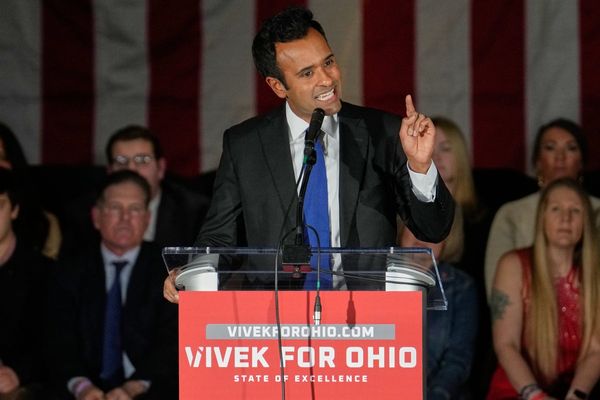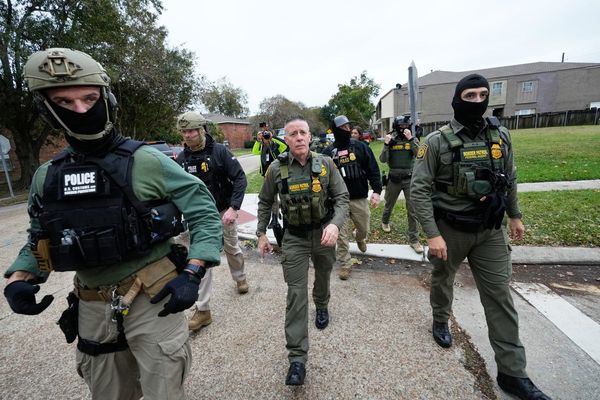Those travelling on Vijayawada’s M.G. Road, the busiest thoroughfare in the city, would come across a nondescript building that appears to be one of the oldest around.
Constructed in 1914, it quietly witnessed many changes around it over the decades and continues to attract book lovers to its treasure trove of over 20,000 books, many of which date back to the early 20th century. This home of tomes is the Ram Mohan Free Library and Reading Room, fondly called the Ram Mohan Library.
Origins of the library
It is believed that the library was established with about 200 books donated by Brahma Samaja Pracharak I. Subbakrishnaiah; Babu Hemachandra Sarkar of Kolkata; and a university in London at Satyanarayana Puram in 1903 when the national library movement was picking up pace. Initially named Asthika Pusthaka Bhandagaram (theistic library), it was later shifted to a hut on Besant Road in 1908 and then to its current location at Buckingham Pet near Bandar Locks in 1911.
Drawn to the speeches of Raja Ram Mohan Roy, the founders named the library after him. Padma Shri awardee Ayyanki Venkata Ramaiah, known as the architect of the public library movement in the country, was the first secretary of Ram Mohan Library. Over the decades since the library was relocated to Buckingham Pet, it has received books from across the country.
The library’s anniversary celebrations were presided over by Andhra Bank founder Bhogaraju Pattabhi Sitaramayya in 1912. Later, the library committee procured 2,197 square yards of land for ₹3,324 at an auction by the local body.
The funds were raised by Ayyanki and Suri Venkata Narasimha Sastry and others. Munagala Rajanayini Venkata Rao, Patibanda Subrahmanyam and Boddapati Venkatappaiah donated ₹500 each.
Andhra Pradesh’s first Assembly Speaker and freedom fighter Ayyadevara Kaleswara Rao gave up contesting to the seat of local councillor and donated ₹500 to the library. Tiruvuru zamindar Raja Vellanki Chinavenkata Rama Rao also helped the committee.
The foundation stone for the new building was laid in 1913. The same year, the library began to officially function after registering with Andhra Desa Grandha Bhandagara Sangham (ADGBS) or AP Library Association.
Subsequently, an official committee comprising Ayyaki Venkata Narasimha Sastry and others was formed. The construction of the single-storey building was completed in a year and it was inaugurated officially in 1916 under the leadership of Pingali Venkatarama Reddy. Later, Koutha Suryanarayana built a hall on the first floor.
Hosting Mahatma Gandhi
Having been one of the largest buildings with a hall in those days, the library served many purposes and movements. Mahatma Gandhi visited the library thrice to take part in Indian National Congress meetings (INC).
He first visited the library on January 30, 1919, and addressed a Satyagraha meeting and then on March 31, 1921, when he held a key INC meeting, which decided the Quit India Movement, at the library. Again, he addressed freedom fighters at the library in 1929. Gandhiji had camped at the library during his first two visits.
The first ‘Andhra Desa Library Congress’ of ADGBS and the ‘All India Conference of Library Organisers’ were held for three days starting from April 10, 1914, at the library. The meeting was presided by poet laureate Chilakamarti Lakshmi Narasimha Pantulu, whose inspirational message on the occasion is considered as the Library Anthem.
Currently, the library has around 20,000 books, about 7,000 of which are spiritual and devotional books.
Neglected for years
The library was left unattended for many years until 2010, when a new committee headed by president Chintalapudi Koteswara Rao, vice-president D. Ramachandra Rao and secretary Vemulapalli Kesava Rao took its reins.
The centenary of the library’s establishment was celebrated in 2013. Since then, it has been rejuvenated by adopting practices essential and attractive to today’s readers.
The library frequently conducts quizzes and other competitions in literature, culture and other fields. It also provides free access to books required for candidates preparing for competitive examinations, says Mr. Koteswara Rao.
Special classes for students preparing for Class 10 examinations will also be conducted every year, he added. The library is visited by about 100 readers daily and is open between 9 a.m. and 6 p.m. every day.
The library’s hall on the first floor, however, is in a dilapidated condition though the main structure remains strong to this day. “It will stand strong for another 100 years. Such was the quality of construction,” says Mr. Koteswara Rao.
A part of the library’s compound is left unused while another part has been rented out to a nursery organiser.







